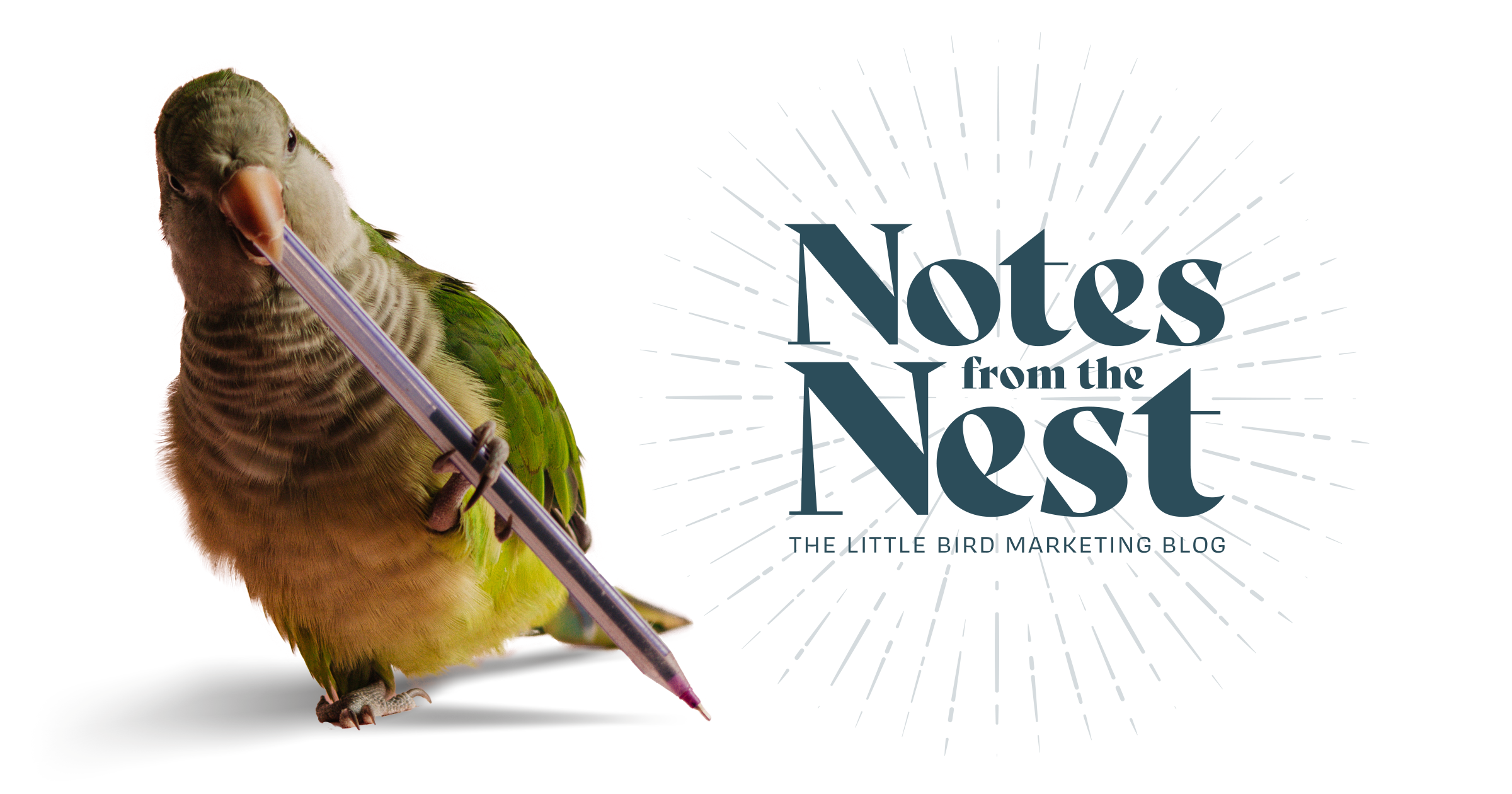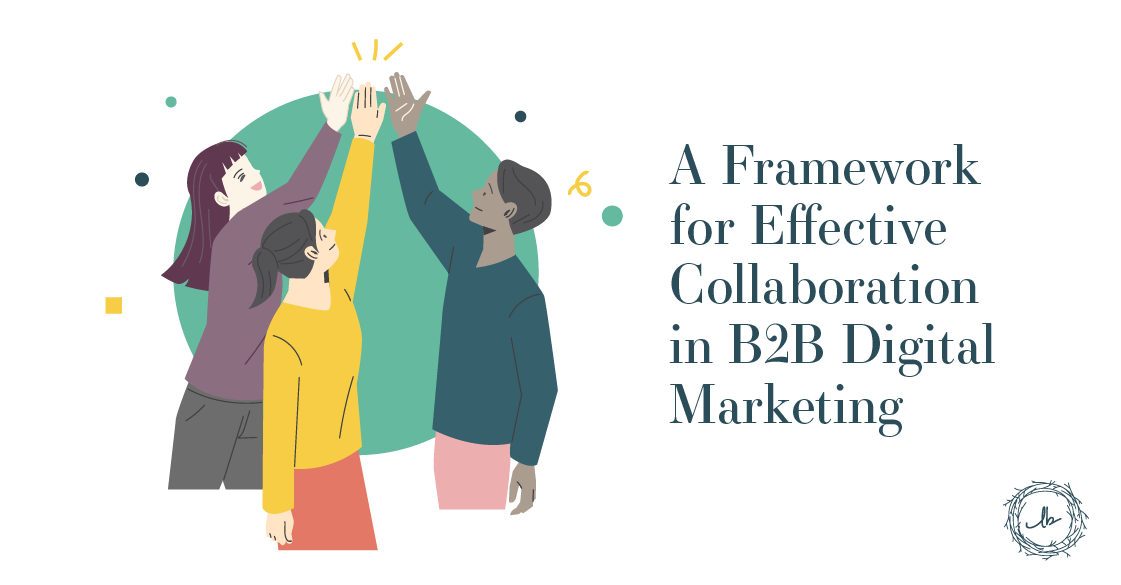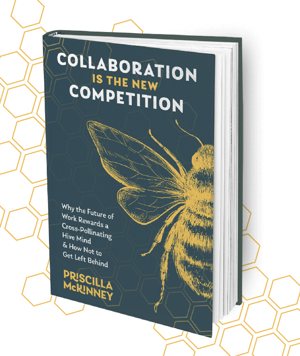Collaboration. It's a term we often hear tossed around in boardrooms, classrooms, and between colleagues, promising greater innovation and success. However, the reality of what constitutes effective collaboration is often misunderstood, leading many to approach it with hesitation or fear. In the realm of teamwork and partnership, it's crucial to distinguish between mere participation and genuine collaborative effort.
An easy example of misunderstood collaboration takes us back to the classroom and the dreaded team project. This setup, intended to foster collective work, often ends up demonstrating the pitfalls of forced cooperation. The A student, having the most to lose, inadvertently takes on the bulk of the work, the C student remains indifferent, and the failing student benefits from the group's effort without contributing. This scenario is far from true collaboration, as it lacks the essential elements that empower each participant to contribute meaningfully.
In her book, “Collaboration is the New Competition: Why the Future of Work Rewards a Cross-Pollinating Hive Mind & How Not to Get Left Behind,” Priscilla McKinney provides an easy-to-remember collaboration framework. These three requirements must all be met.
Mutual Risk and Reward
Every participant should have something to lose and gain, ensuring all are equally invested in the outcome.
Transparency and Openness
Collaboration thrives when individuals do not hold their cards too close to their chest, allowing for a genuine exchange of ideas and needs.
A Drive to Win
A true collaborative effort requires each member to have a vested interest in their own and the group's success—a drive to win.
This framework challenges the traditional perception of collaboration as merely working alongside one another (this is geography). Instead, it calls for a mindset shift. This is a recognition that true collaboration involves a deeper level of engagement and a willingness to share both the risks and rewards.
Setting the right tone and foundation is crucial for effective and mutually beneficial collaboration. This involves overcoming the "kumbaya moments" - gatherings that feel good but result in no tangible collaborative output.
Once collaborative efforts are going all is not smooth sailing. As she delves deeper into the heart of collaboration, Priscilla presents seven "anchors" that serve as tools to maintain course in the tumultuous waters of teamwork. These anchors range from the principle of "Always Be Helping" to the innovative approach of "Itchy Backs," emphasizing the importance of understanding and addressing the needs of others within the collaborative effort. She shares examples of how these can be used as shortcuts for greater success, whether you’re creating a B2B digital marketing strategy, looking for LinkedIn profile tips, or trying to get a community initiative off the ground.
Leveraging opportunities for collective success has many benefits. Instead of “going it alone” or getting involved in committee work that does not result in dynamic outcomes, we could transform how we approach collaboration. Instead of a buzzword, collaboration becomes the way in which we find bigger wins for more people, transform our companies, build our personal brands, and find success on a larger scale.
Need more tips on how to improve collaboration for your brand? Why not ask CEO and Author Priscilla McKinney?
Want to collaborate with employees for better brand advocacy? It’s how great teams are working together for bigger wins!








Let Us Know What You Thought about this Post.
Put your Comment Below.